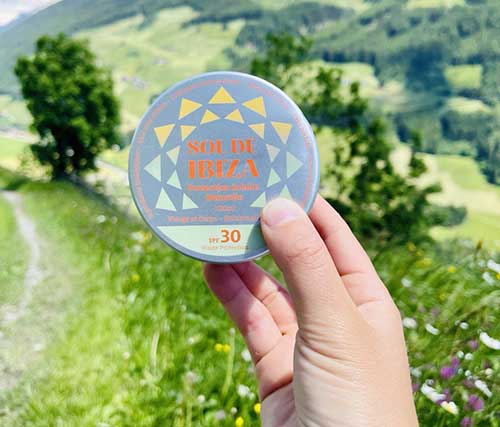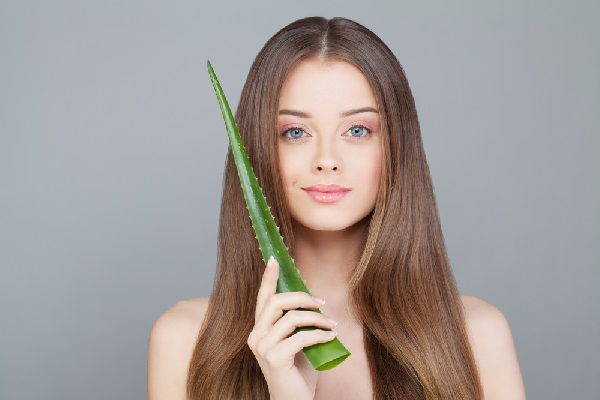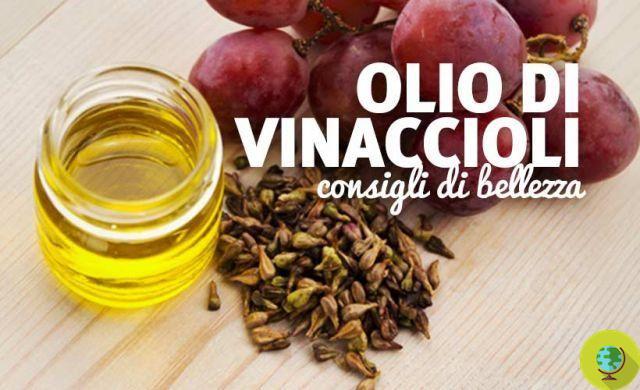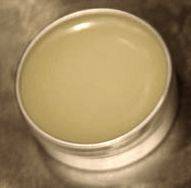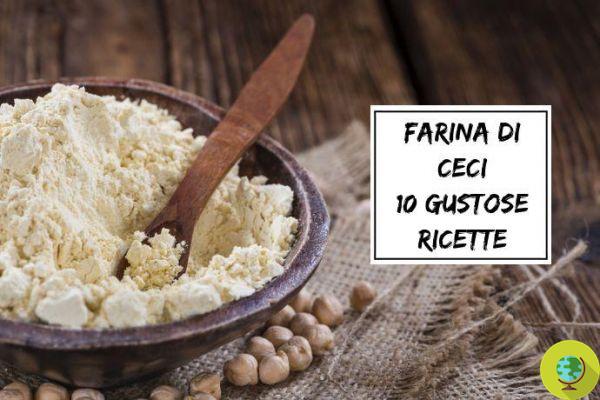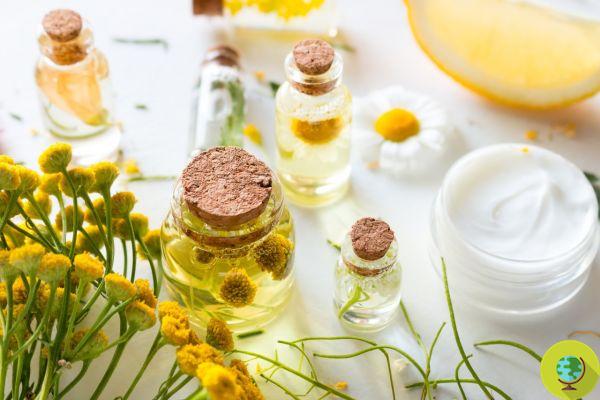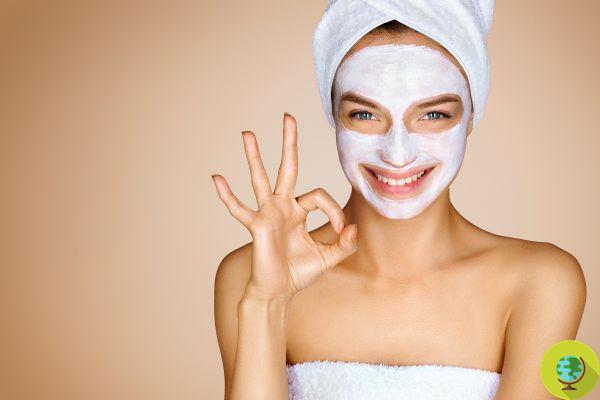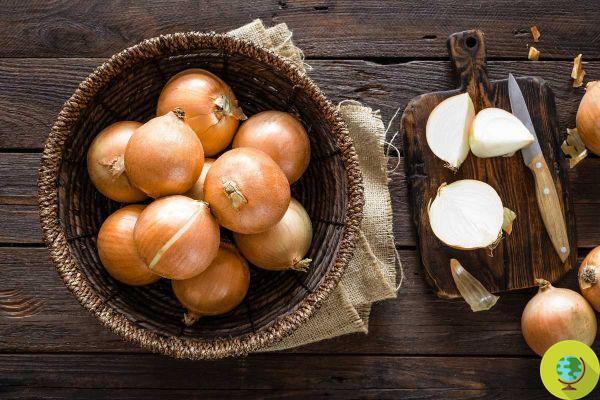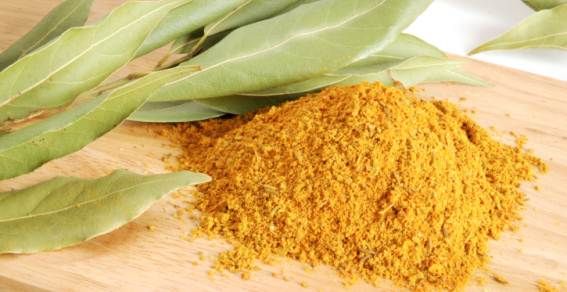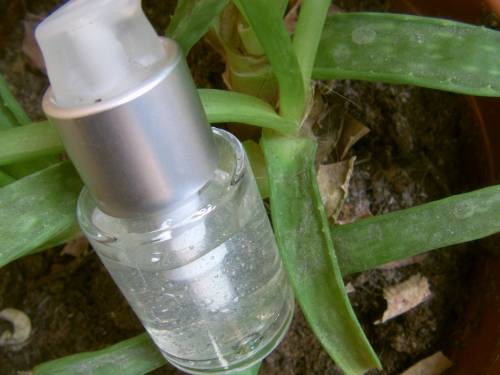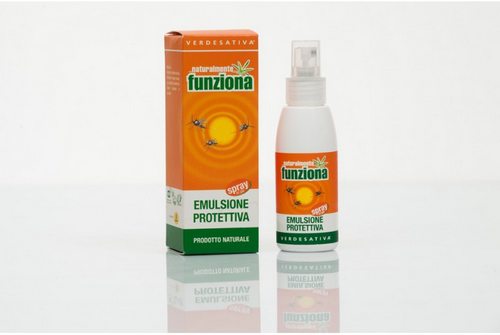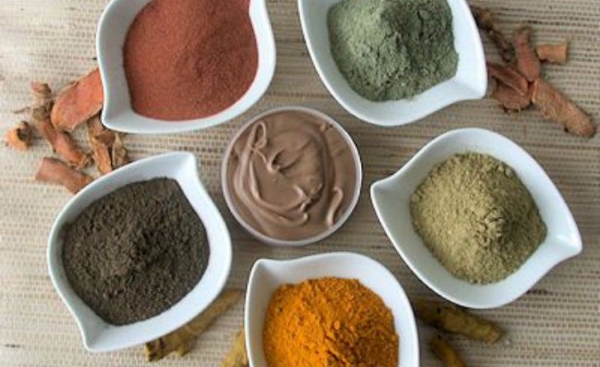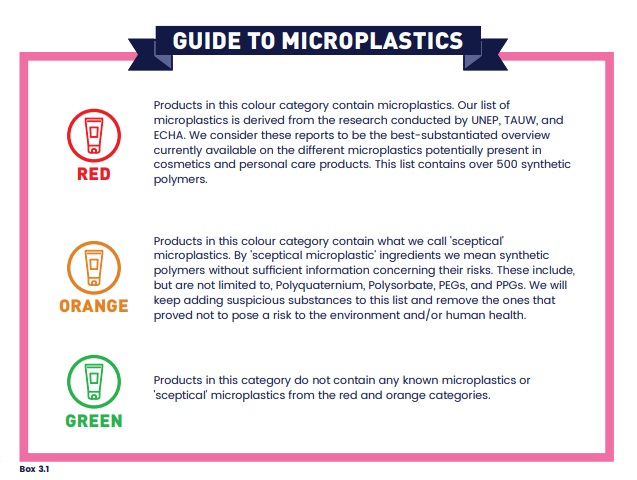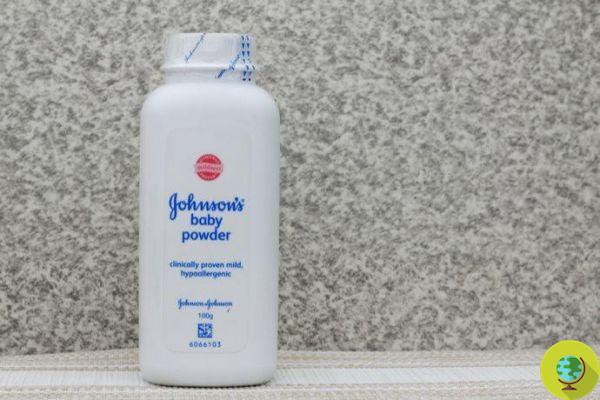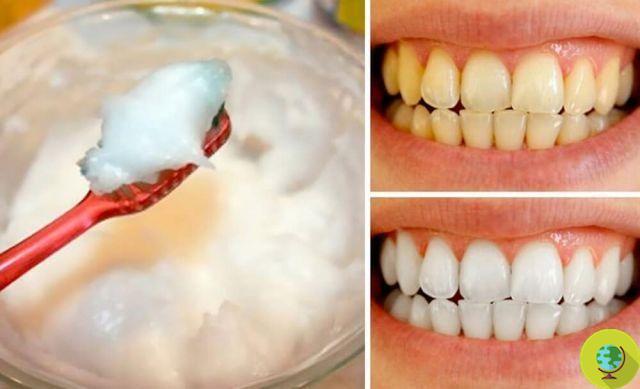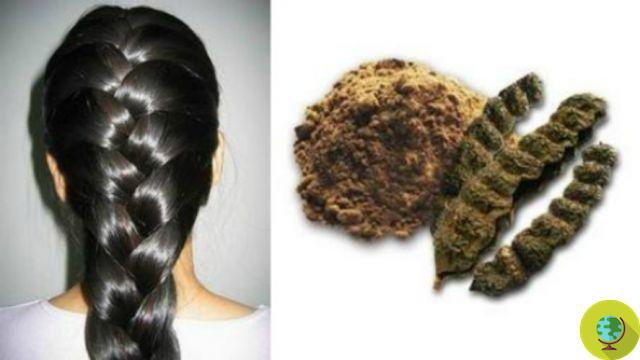The powder that is extracted from the roots of madder colors red, and has been known and appreciated in the coloring of fabrics since ancient times.
Don't store avocado like this: it's dangerousThe name madder indicates plants belonging to the Rubia genus, of the Rubiaceae family, which includes about sixty species. Those used for dyeing purposes, however, are essentially two: the Blond Cordifolia and BlondeTinttorum The powder that is extracted from their roots turns red, and has been known and appreciated in the coloring of fabrics since ancient times.
Rubia Cordifolia is also known as Indian madder and we often find it reported inINCI of the packages with the denomination Manjistha, his name in Sanskrit. The second, Rubia Tinctorum, is also called common madder or garanza.
Due to its toxicity, the common madder has been banned by the Ministry of Health for both internal use as a food supplement and for cosmetic use. Therefore, it is recommended to pay maximum attention to Inci: the madder that we can use on the hair is Rubia Cordifolia or Manjistha. Rubia Tinctorum is good for fabrics, but not for our hair.
Madder cordifolia is widely used in traditional Ayurvedic medicine, both for external and internal use. It has the power to counteract poor digestion, regulating the functioning of the gastrointestinal system.
If applied to the skin, madder has remarkable properties: it is stimulating and anti-aging, astringent, purifying, it tends to make the complexion of the face more homogeneous, eliminating blemishes and compacting the complexion. But let's not forget that it is still a dyeing herb, so the mask should not be kept on the face for too long otherwise it could stain the skin.
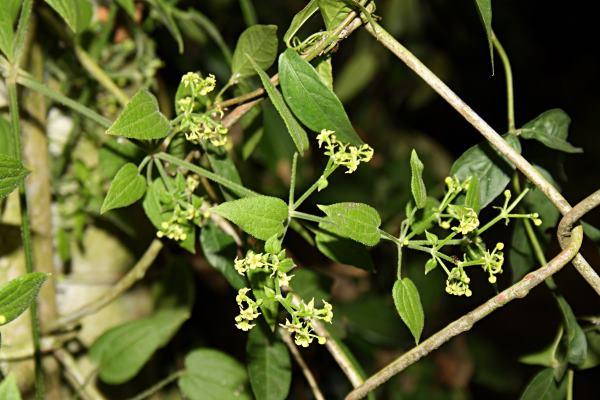
Index
The properties of madder
On hair, madder or manjistha has properties:
- softeners
- polishes
- purifying
It is very effective in fact to eliminate the pruritus caused by Psoriasis and dermatitis, purifying the scalp.
The intense red released by madder is able to cover white hair and can also be used, in small quantities and for short poses, to revive streaks and highlights that are now dull and faded.
However, its dyeing power is not very high: the red color given by madder is not permanent like that of henna, but tends to fade in the course of several shampoos. As for the intensity of the coloring, it also varies according to the quantity of madder used. The dyeing range goes from pale pink to a dark red, very intense and deep, rather cold.
How to prepare madder tincture
La tincture of madder it is prepared by dissolving the powder in hot water. The bowl, as well as the utensils we use for the preparation, must preferably be made of wood, glass or ceramic, even plastic at the limit, but not metal. We do not recommend using metal objects as they could alter the properties of the powder. If we want a lighter color, we will form a more liquid batter by diluting the madder a lot in hot water.
If you want to get a red to, a greater quantity of powder is used, until a denser and more homogeneous batter is formed, of the same consistency as yogurt. After 10-15 minutes of maceration, the dyeing compound is applied evenly over the entire hair, taking care to wear a cap or cover the hair with transparent film to maintain the humidity of the batter.
The laying times range from 20 minutes to an hour, but they inevitably lengthen where there is a need to cover gray hair. In this case, an application of at least 2 hours is recommended to ensure uniform and long-lasting coverage. At the end of the application, it is advisable to rinse with water only, eventually applying only a nut of balsam. To favor the closure of the hair cuticles, making it more shiny and fixing the color better, it is recommended to carry out an acid rinse. An acidic substance is added, viz vinegar or lemon juice, to the water of the last rinse, you do a light cleansing and then proceed with drying.
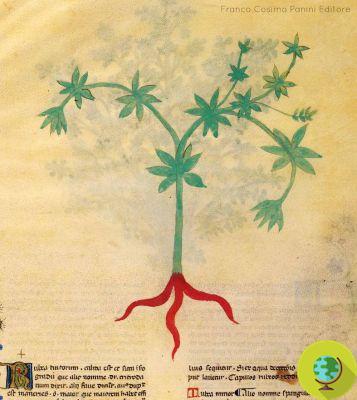 Photo Credit
Photo Credit
Wrap only madder or with henna
With regard to the tint shade, generally madder colors a cold red, tending to mahogany or cherry. Obviously a lot of the final result will depend on our base color, in the sense that on light hair you will get a brighter red, while applying madder on dark hair we will dye it a deeper red shade, close to mahogany. They can still be obtained warmer and coppery colors acting on the pH of the environment in which we prepare the dyeing powder.
In this case the preparation method really makes the difference with respect to the final shade. By oxidizing the madder in an acidic environment, i.e. by dissolving the powder in lemon juice or vinegar for at least 12 hours, we will have warmer shades. Conversely, by macerating the madder in a basic environment, adding a teaspoon of bicarbonate to the hot water needed for preparation, you will get a darker, colder red. In any case, to avoid unwanted results, it is advisable to carry out a test on a hidden lock, for example behind the neck.
As is the case with other tincture herbs, it is recommended to add henna to madder powder, for several reasons. First of all because henna, unique among dyeing herbs, manages to bind to the keratin of the hair, acting as a catalyst for the release of the madder coloring pigment. Secondly, because henna, precisely by virtue of its ability to layering on the hair, ensures a longer lasting dyeing effect to the color of the grass which it is mixed with. Finally, because madder exerts a beneficial effect on the hair, but it certainly does not bring the same benefit as lawsonia.
Read also: Henna: everything you need to know to dye your hair
Combined with henna, therefore, madder intensifies its color and reflections, as well as taking full advantage of all its benefits. Then it's up to us to choose which shades we prefer, whether more coppery or more “cherry”. The oxidation of the mixture of henna and madder in an acid environment is certainly a longer and more laborious preparation method, because it requires a minimum time of at least 12 hours to complete. Instead, macerating the same compound in a basic environment with hot water and bicarbonate, it is sufficient to wait 10-15 minutes before proceeding with the application.
As regards the shutter speed, they vary depending on whether the combination of henna and madder is also used to cover gray hair. In this case, an application of at least 3/4 hours is required, but obviously the longer the application will be, the better the result in terms of uniformity and duration of the color. If we do not need coverage of gray hair and simply want to accentuate the henna shades or dye our chestnut red, an hour of laying is sufficient, or an hour and a half at the most.
On dark blond or light brown hair, madder can be used to obtain pleasant shades ranging from apricot to cognac. We often find it on the market as an ingredient in special pre-packaged mixes. Appropriately mixed with the red of henna and the intense yellow of rhubarb, or the golden yellow of turmeric, madder can give life to this type of warm and enveloping nuances.
Read also: Rhubarb to lighten hair: how to get or highlight blonde tones
However, we can reproduce these coloring mixtures in a home version, managing to better modulate the quantities of the individual herbs according to our basic coloring and the effect we want to obtain.
As for the percentages of the individual dyeing powders, the characteristics of each individual herb must be kept in mind. For example, in the case of a light brown base color, considering that it is the turmeric and the rhubarb they have a very high dyeing power, it would be advisable to use minimal quantities, in the order of 10-15% of the total compound. It is also necessary to consider the different shades released by the two powders: rhubarb gives warmer and more orange shades of blonde, while turmeric has a strong tendency to cold yellow, close to straw.
Read also: Turmeric: how to have golden highlights and lighter hair
The remaining part of the dyeing compound (85-90%) could be equally divided between henna and madder, or also shared with cassia, a non-dyeing herb capable of diluting the coloring power of the batter as well as exerting a very important restructuring function on the hair. .
Read also: Cassia: the neutral henna that lightens and strengthens the hair
However, these are general indications, which are not universally valid. The final result will in any case arise from the combination of a series of factors: the starting color, the possible presence and percentage of white hair, the processing times, the porosity of the hair. Therefore the advice is not to aim for a precise result, as in the case of chemical dyes, but to experiment continuously.
The universe of dyeing herbs it is nowhere near comparable to artificial dyes. But knowing the characteristics of the individual herbs, with due patience and a little experience, we will be able to master their use, becoming architects of our beauty.
Angela Petrella




